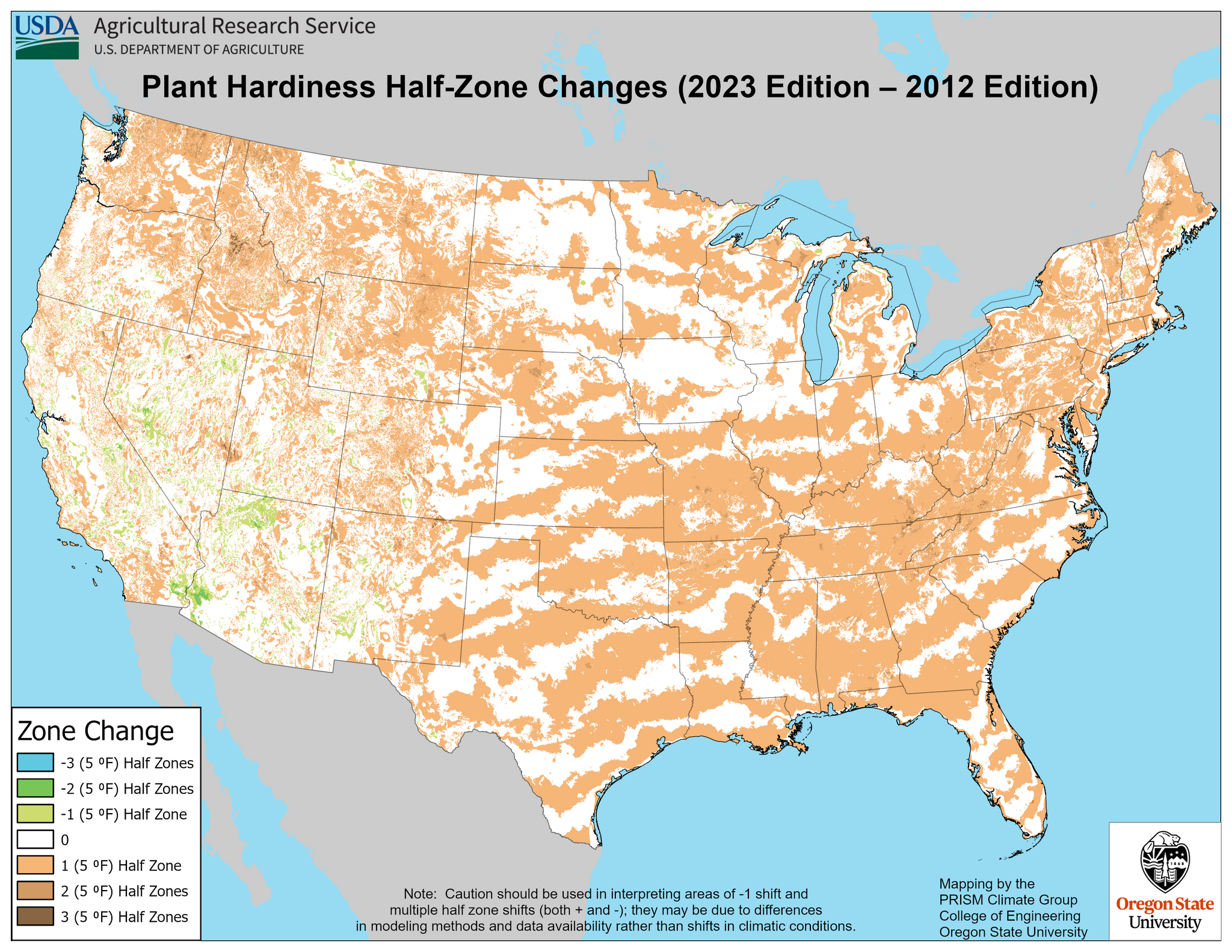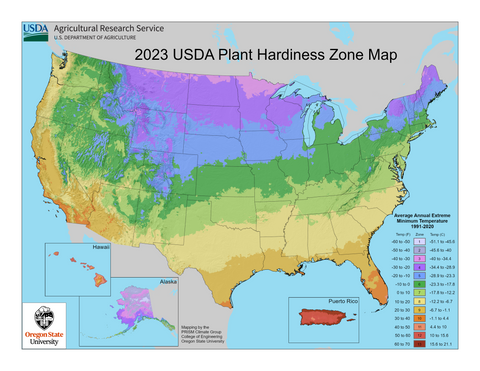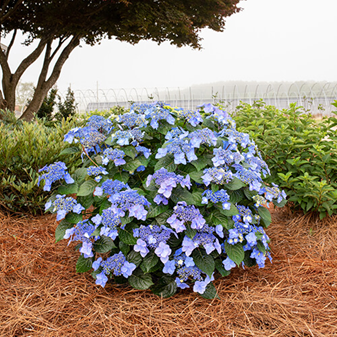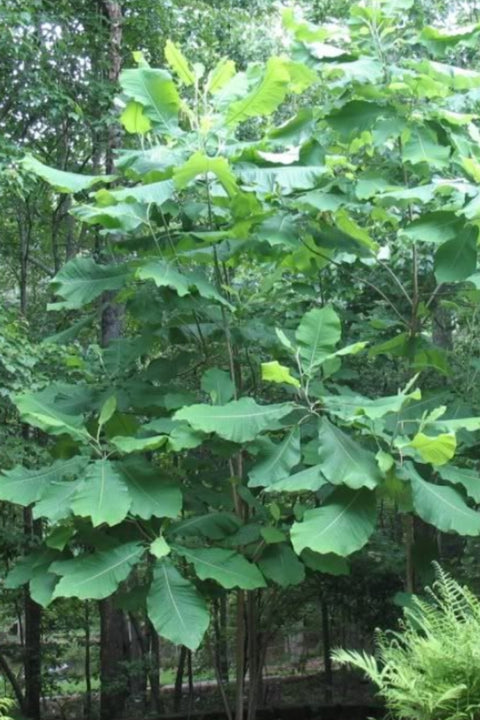Awareness of the updated Plant Hardiness Zone Map is crucial for all gardeners. Over half of the United States has seen a half-zone increase, a calculation made by the USDA based on a 30-year average of the lowest winter temperatures in specific locations. These low temperatures significantly impact the survival of plant species in a given area.
Mid-Atlantic region with updated zones and temperature averages:

In Maryland there are now six zones with 8A added. Southeastern PA has three zones, however many areas that were 6A are now 6B:
- 5B: -15/-10
- 6A: -10/-5
- 6B: -5/0
- 7A: 0/5
- 7B: 5/10
- 8A: 10/15
Western Maryland's Garrett County remains in the 5B zone, while areas along the Chesapeake Bay, from Dorchester County north through Kent County, and on the western shore from Saint Mary’s County north to Baltimore County, now fall within the 8A zone. The warming of the Bay and increased humidity contribute to the milder temperatures along the bay shores. Most of southeastern PA is in the 6B zone with a few spots in 6A and 7A.
This shift presents a challenge to gardeners who have long relied on plants suitable for colder zones. The temperature increase expands the range of viable plant options. By identifying micro-climates within your garden, such as areas with reflected sun, heat buildup due to walls or rocks, proximity to the bay, or other hot spots, you can further refine your plant selections.
In Areas of Eastern MD that have seen a shift to the 8A zone, this is a 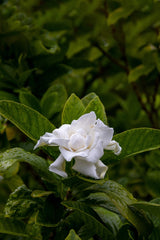 good opportunity to try new species that flourish further south but still have good cold resistance.
good opportunity to try new species that flourish further south but still have good cold resistance.
Several plants worth considering include the Hardy Gardenias such as ‘Kleim’s Hardy,’ ‘Frost Proof,’ ‘Jubilation,’ and ‘Chuck Hayes.’ Despite originating from Africa, these hardier varieties thrive in colder zones 6-8, offering evergreen foliage and scented white to cream flowers in summer.
Distyllium is another promising evergreen foundation plant originating from Africa, showing resilience in zone 6a. A member of the Hamamelis family (Witch Hazel) it grows to varying heights and widths depending on the  variety, with insignificant reddish flowers in winter. Notable varieties include Distyllium ‘Vintage Jade,’ ‘Coppertone,’ and ‘Blue Cascade.’
variety, with insignificant reddish flowers in winter. Notable varieties include Distyllium ‘Vintage Jade,’ ‘Coppertone,’ and ‘Blue Cascade.’
Edgeworthia chrysantha, or Paper Bush, is a shrub gradually making its way into zones 7-8. Native to the mountains of China, it thrives as an understory shrub in partial shade. Deciduous with a tropical appearance in leaf, 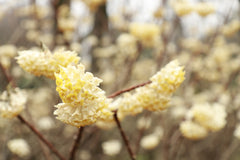 it produces fragrant, creamy yellow to orange-yellow flowers on the terminal ends of stems in late winter. This shrub, reaching heights of 4-6 feet tall and wide, prefers organic, well-draining soils and does not tolerate wet conditions.
it produces fragrant, creamy yellow to orange-yellow flowers on the terminal ends of stems in late winter. This shrub, reaching heights of 4-6 feet tall and wide, prefers organic, well-draining soils and does not tolerate wet conditions.
As gardeners, we are accustomed to challenges, and the prospect of experimenting with these new plant varieties in our area provides anticipation for the opportunity to diversify our landscapes!
